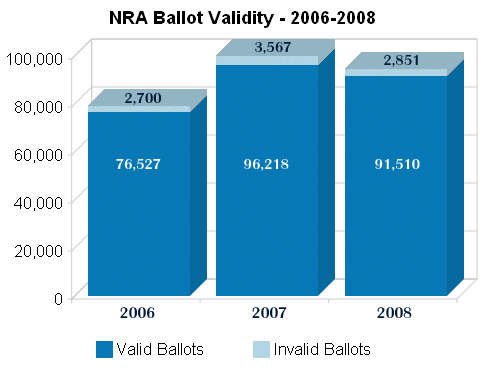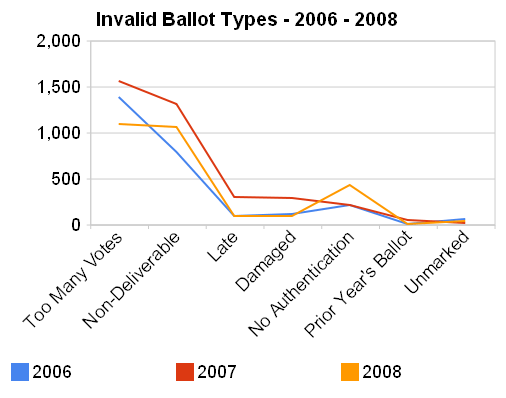The assault weapons issue really launched into the scene when Patrick Purdy decided to take a semi-automatic Norinco Type-56 patterned rifle, and shoot up a Kindergarten playground in Stockton, California. California would soon pass the Roberti-Roos Act, banning various scary features like bayonet lugs, pistol groups, and flash hiders. They also banned a number of firearms by name, reportedly going through a gun magazine and picking out firearms that looked scary (the law replicated a typo that appeared in a gun magazine). I was 14 years old when this happened, so my memory of the entire “assault weapons” debate has been from subsequent reading. The federal assault weapons ban didn’t pass until I was 20, and I was too busy in college to pay strict attention to the debate going on in Congress. I suspect there are a few readers out there who are around my age, or maybe even a bit younger who would like some of the information I’ve collected about the federal ban.
Congress was under a lot of pressure in the early 90s to pass a crime bill, and Bill Clinton was eagar to show Americans that a Democratic President wasn’t going to be soft on crime. This was an opportunity for those who wanted to deal with the “assault weapons” issue and institute a federal ban. The original crime bill started out in the House as H.R. 3355, and did not contain any provision about assault weapons, but was an omnibus bill. Omnibus bills are relatively hazardous, in that the subject matter is so diverse, relatively few politicians will want to take the risk of voting against one, lest some provision of the bill they voted against be used against them next election. The Crime Bill was a bipartisan omnibus bill, because the Republicans too, wanted to pass a crime bill. If partisan omnibus bills, like the stimulus, are dangerous, bipartisan ones are like nitroglycerin in a paint shaker. You know something bad is likely to happen. Politicians are reluctant to vote no, because the next election it would have been “Senator X voted against the enhanced sentences for puppy killers.” or something like that.
The original crime bill in The House, with no assault weapons ban, was non-controversial, and passed by voice vote. In the Senate is where the shenanigans started. The competing bill in the Senate was Joe Biden’s crime bill, which was S. 1607. On November 17, 1993, Diane Feinstein’s amendment to S.1607, S.Amdt. 1152, attached the assault weapons ban language. Take a look at the yeas and nays on the link above, because those are the people in the Senate who voted for the ban. You will notice a lot of the yeas are no longer with us. Many of those were victims of the 1994 Republican takeover.
The Senate replaced The House crime bill with Joe Biden’s crime bill, which contained Feinstein’s assault weapons ban language, and passed it overwhelmingly. I suspect many senators may not have even realized the assault weapons language was in the bill. Much like the stimulus bill, the crime bill was substantial, and got voted on without most of the politicians having any idea what they are voting for, other than what other people are telling them.
By the time the bill made it back down to the House and Senate conference committee, to work out the details between the House and Senate version, the Assault Weapons language had time to build momentum and become an issue. Clinton and the House Leadership promised legislators the moon if they would only vote for the amended Crime Bill. With enough arm twisting and promises, the final crime bill and assault weapons ban passed The House August 21, 1994 235-195. Many of the yea votes there too, lost their seats in the 1994 elections. On August 25, 1994, the Senate passed the final version of the Crime Bill 61-38, and it became public law No: 103-322 on September 13, 1994, when it was signed by President Clinton.
I present this information because we, once again, are in danger of this issue coming back, and I think it’s instructive to see how it was done in 1994. Keep in mind that this was a new issue in the early 90s, and in some ways the ground has shifted more in our favor. The Republicans seem to be more united than they were in 1994, and we have more conservative Democrats on our side than we did then. They know the gun issue is a hot iron, and they might not want to touch it. We’ve already dodged one dangerous omnibus bill with the stimulus. We must watch carefully others.

 I will confess that one of my favorite times of the NRA Annual Meeting is when Jim Land gets up to read the election results. Included in that report is a summary of how many invalid ballots they received, as well as the reasons why various ballots were declared invalid. I find it quite amusing.
I will confess that one of my favorite times of the NRA Annual Meeting is when Jim Land gets up to read the election results. Included in that report is a summary of how many invalid ballots they received, as well as the reasons why various ballots were declared invalid. I find it quite amusing. I realize that lines may make this chart a little confusing. However, they were easier to follow year-to-year than just plain dots.
I realize that lines may make this chart a little confusing. However, they were easier to follow year-to-year than just plain dots.